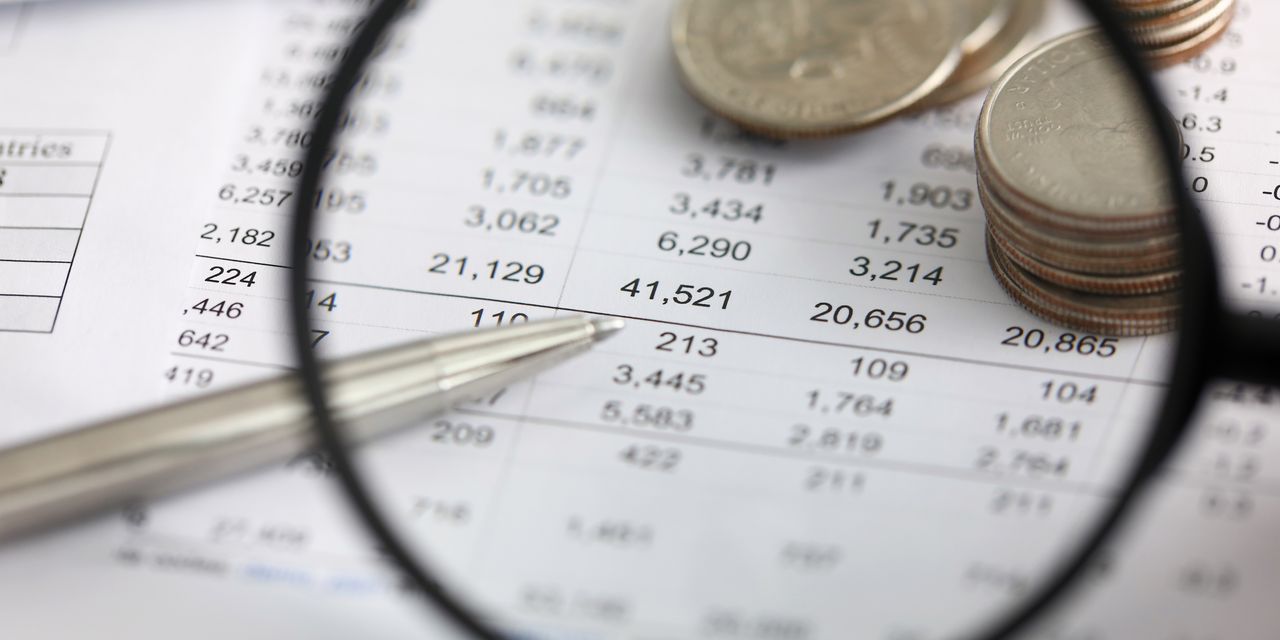Exchange-traded funds once were novelties. The first U.S. ETF debuted in 1993; now there are more than 2,800 to choose from. Some investors build portfolios around ETFs. But with so many products — and new funds constantly added — it’s tough to tell which ones merit a closer look.
Vetting an ETF is fairly straightforward. Let’s start with fees. Like mutual funds, ETFs carry an expense ratio. Comparing cost among similarly designed ETFs provides one measure of value.
Yet the cost difference between two ETFs that track the same index or sector is often relatively narrow. Actively managed ETFs are more expensive, but still carry slightly lower fees than comparable mutual funds: Their weighted average annual expenses of 0.44% of assets is lower than the average of 0.57% for active mutual funds, according to investment researcher Morningstar.
“Costs have come down significantly in broad market or broad style ETFs,” said Todd Rosenbluth, head of research at VettaFi, a New York City-based ETF data and analytics firm.
When scrutinizing mutual funds, investors often prioritize past performance. But with index-tracking ETFs, comparing past performance between two similar ETFs won’t get you far. Expect to see slight variations that won’t offer much insight into which one is better.
A more revealing metric is R-squared, says Matt Schwartz, a certified financial planner in Minneapolis. It measures correlation — or the extent to which an ETF’s performance correlates to its benchmark. If you want an ETF that perfectly tracks the S&P 500
SPX,
for example, confirm that its R-squared is 100.
If the R-squared dips into the low- or mid 90s, that doesn’t mean the fund is bad, Schwartz adds. It just shows that you won’t get exact replication to the index it tracks. In that case, you’ll want to see a higher “alpha” to indicate that the fund outperforms its benchmark by taking more risk.
Another clue when assessing index-tracking ETFs relates to their structure. Funds that hold a basket of the same stocks can still vary in subtle ways. Review the fund’s prospectus to analyze its methodology, Rosenbluth says. Learn how the fund is constructed and how it selects its holdings.
“It’s important to understand why a certain stock is heavily weighted in a portfolio, or why it’s not,” he said. For instance, some ETFs weight stocks by market cap; others opt for equally weighting each holding.
Speaking of holdings, you’ll want to know which stocks you are buying. Look beyond the fund’s name to identify the equities contained within. Fully transparent ETFs disclose their entire portfolio on a daily basis. Semi-transparent ETFs show their holdings every quarter and tend to be actively managed rather than track an index.
“Look for full transparency ETFs,” said Christopher Day, a Houston-based investment adviser. “Because you can check the holdings daily, you can start to see if the ETF is straying from its main mandate. With full transparency, you’re more apt to get the investment exposure that you were promised in the prospectus.”
Before buying any fund, check out the company that runs it (also known as the fund sponsor). The firm that creates and markets an ETF should have relevant background and expertise in the fund’s investment strategy. Review the fund’s audited track record to get a sense of its longevity and stability as well as its past performance.
Ideally, you’ll want to choose an ETF that has been around at least a few years. Newly issued funds lack a track record and so they can be harder to assess.
Also, beware of funds that have recently changed their name, Rosenbluth warns. They may have stumbled in their previous iteration and, in their attempt to rebrand themselves, may adopt a different investment approach.
More: Most stocks end up losing you money. So what’s a stock-market investor to do?
Also read: When Russia was NVIDIA — why you shouldn’t chase the stock-market darlings
Read the full article here











